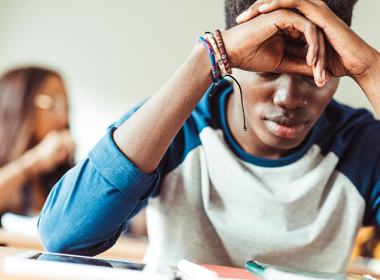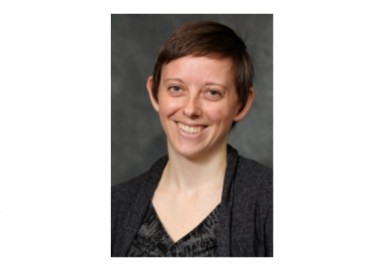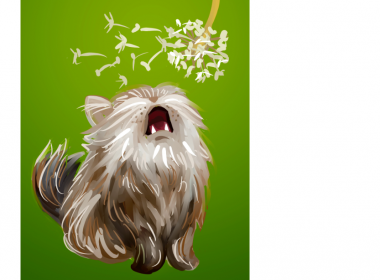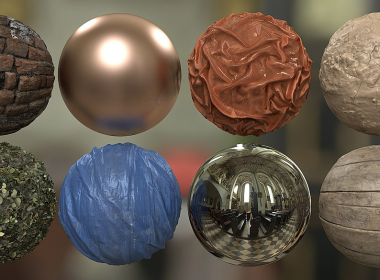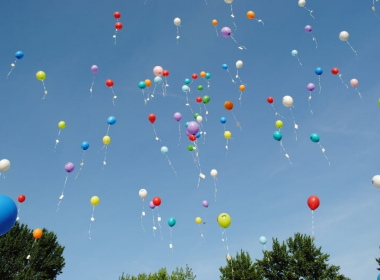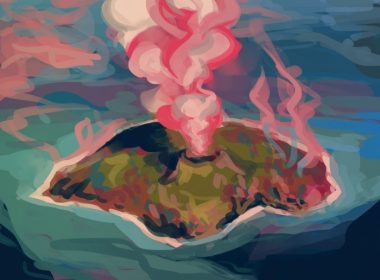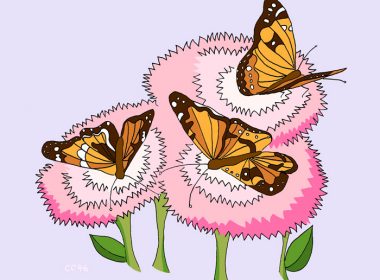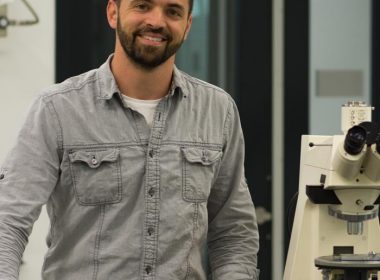On Sept. 16, the Trottier Institute for Sustainability in Engineering and Design held its seventh annual symposium titled “Lessons from a Pandemic: Solutions for Addressing the Climate Change Crisis.” The first speaker, Dr. Naomi Oreskes, an affiliated professor of Earth and Planetary Sciences at Harvard University, discussed why people should[Read More…]
Ask a Scientist
Facing the back-to-school blues
Stress levels of university students have peaked during the COVID-19 pandemic. Whether these students return to campus or continue their studies remotely, that stress is unlikely to dissipate. In a recent survey, the U.S. Centers for Disease Control and Prevention reported that 62.9 per cent of individuals aged 18-24 disclosed[Read More…]
COVID-19 prompts rise in digital health services
The COVID-19 pandemic sweeping the globe is drastically changing the ways in which people approach work, play, education, and, of course, healthcare. In light of the outbreak, routine checkups have begun to shift online to relieve overcrowded hospitals and reduce opportunities for infection. This style of remote healthcare—termed telehealth or[Read More…]
In conversation with Laura Pavelka
International Women’s Day on March 8 recognizes the accomplishments of women in various fields all over the world. The International Women’s Day website describes the day as an opportunity to “[celebrate] the social, economic, cultural and political achievements of women.” While all of these are important pursuits that should be[Read More…]
The causes and symptoms of allergies
Allergies always seemed so simple: Here’s a list of foods and environmental factors that you should avoid, since your body treats them like enemies. Dr. Christine McCusker, an associate professor in the Faculty of Medicine at McGill, is the Director of the Division of Allergy & Immunology at the Montreal[Read More…]
Image generation is rendering advertisements artificial
Decadent delicacies in food advertisements are not always what they seem to be. In these commercials, motor oil poses as pancake syrup, mashed potatoes become scoops of ice cream, and craft glue replaces milk in a bowl of cereal. Today, a rendering technique called physically based rendering (PBR) allows advertisers[Read More…]
Helium is an endangered element
The world is running out of helium. This may come as a shock, as helium is the second most abundant element in the universe, but it is also a non-renewable resource that is rapidly being depleted. Helium is a light inert gas that belongs to a group of elements known[Read More…]
Ask a Geologist: How do islands form?
Earth’s surface is constantly changing due to a number of natural processes: Rivers transport sediment, glaciers carve valleys, and colliding tectonic plates build mountains. One of the planet’s most impressive talents, however, is the formation of islands. In recent decades, various new islands have popped up. The island of Nishinoshima[Read More…]
Where did these butterflies come from and where are they off to?
As summer transitions into fall, an increased flow of insect and bird migrations takes off. The McGill campus, as well as greater Montreal, has experienced a southbound butterfly migration in preparation for the winter. Although these butterflies are commonly misidentified as monarchs, they are actually Vanessa cardui, or Painted Ladies.[Read More…]
Building sustainable materials inspired by nature
On Sept. 14 at Soup and Science, students were made privy to the exciting field of Sustainable Materials Chemistry, as presented by Matthew Harrington, an assistant professor in the Department of Chemistry. “Since 1950 we’ve accumulated over five billion metric tonnes of plastic in our environment and landfills with a[Read More…]

